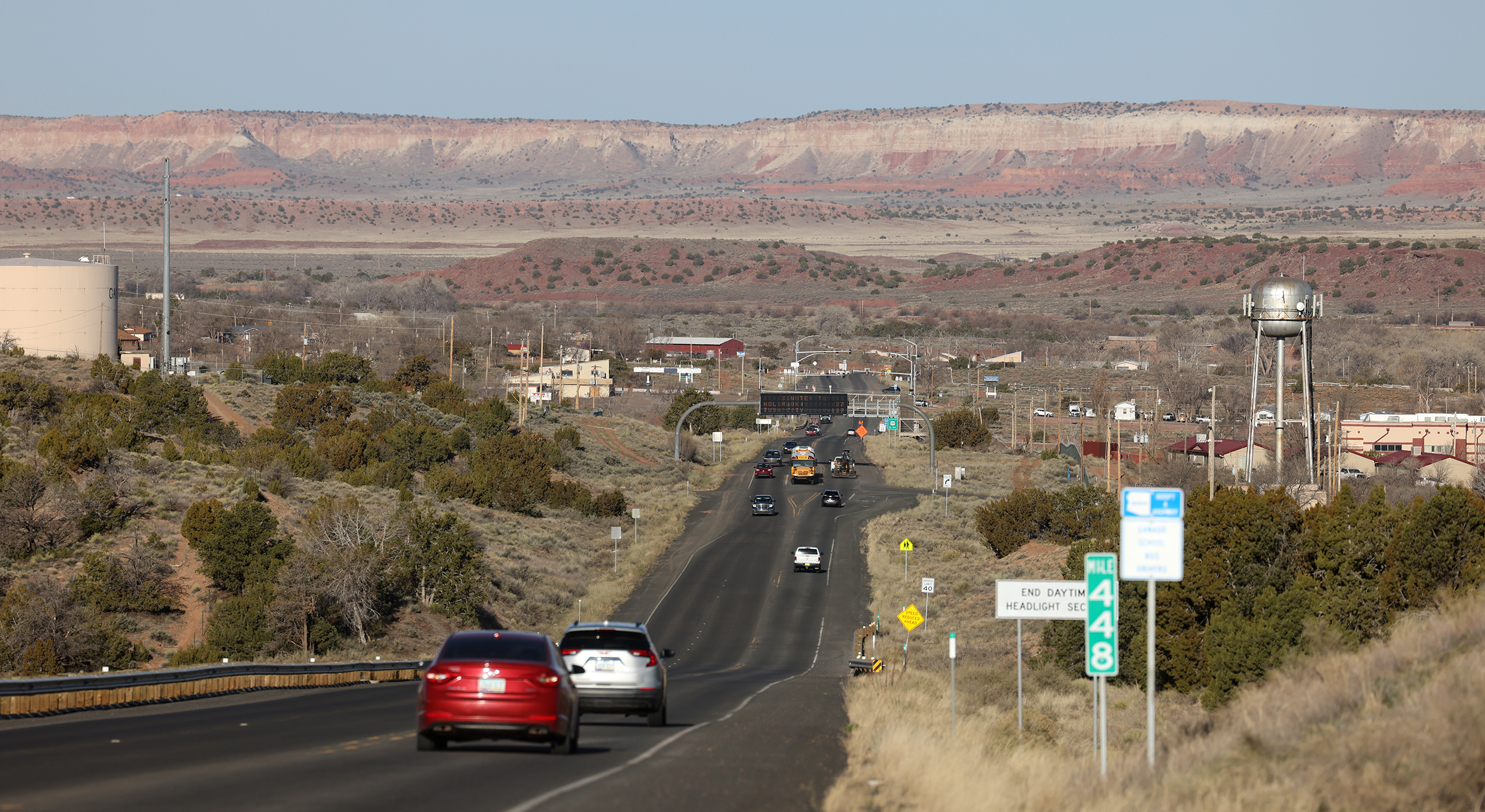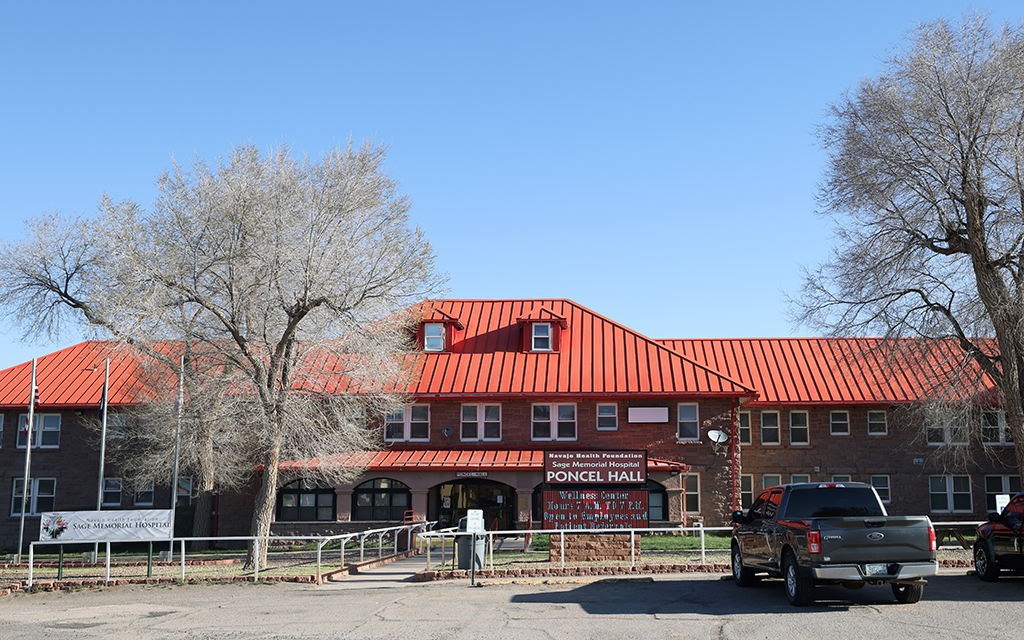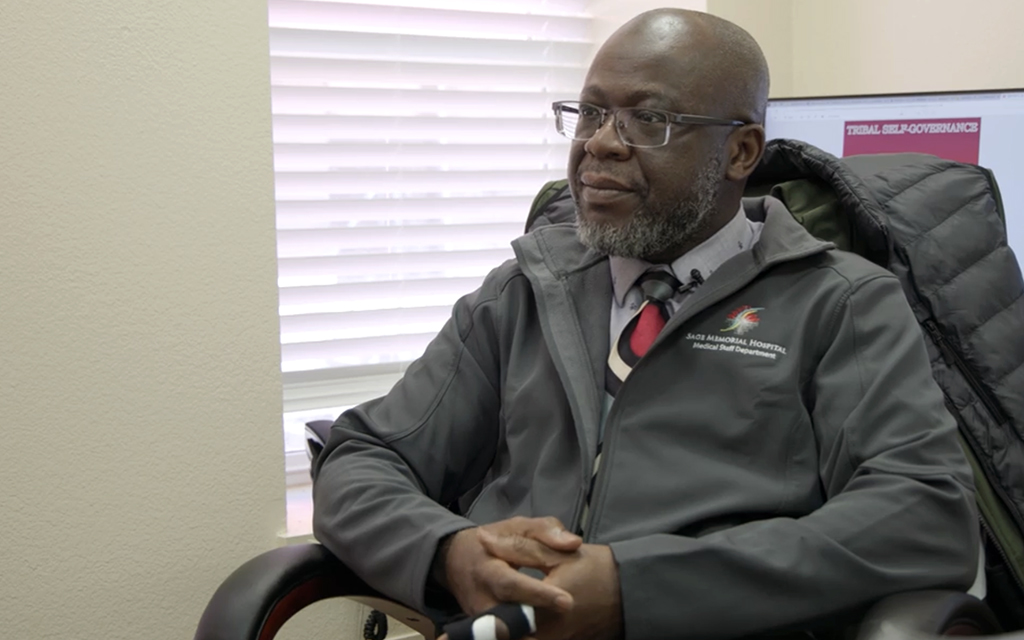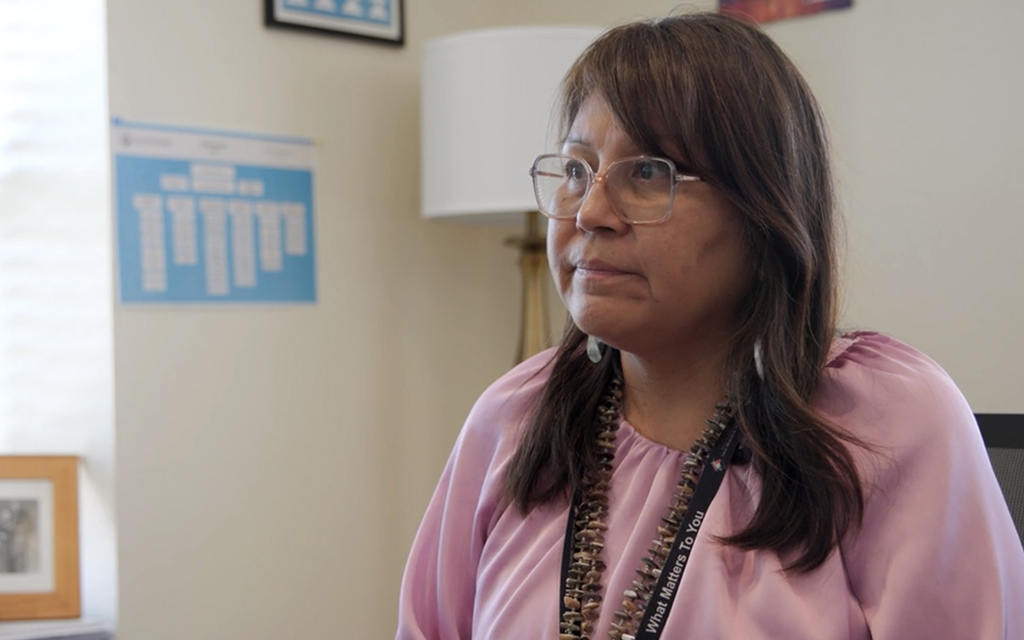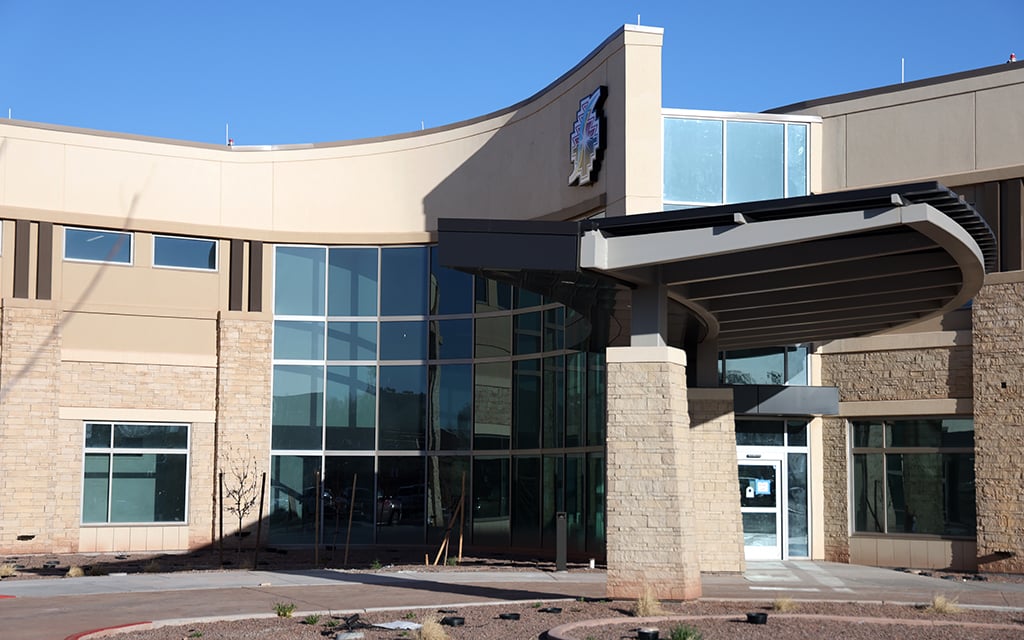The project was originally set to be completed in November 2023, but unforeseen delays have complicated construction and the new prospective opening date is October 2024.
Prows explained how they had to navigate labor restrictions.
“There are laws and regulations in place to help keep our people here on the rez,” Prows said. “We have this law, the NPEA, which requires us to hire Navajo first, hire quality Navajo candidates, and then you can get somebody else.”
The Navajo Preference in Employment Act, known as NPEA, was enacted to “lessen the Navajo Nation’s dependence upon off-reservation sources of employment, income, goods and services.” Prows said the law still applies, even though the new Sage Memorial Hospital is on private property.
“We still reside within the boundaries of the Navajo Nation, so we still have to abide by the rules and regulations,” Prows said. “Because of that issue, the project slowed way down. They had to advertise, they had to pull their workforce out and supplement it with the Navajo workforce.”
The most notable delay came following a 2019 traffic study requested by the Arizona Department of Transportation, which estimated that the project would increase Ganado’s growth by 14% by 2027. The result: Two new traffic lights along Highway 264 that would cost over $6.1 million, and would be taken out of the hospital’s budget.
“We tried working with our legislators,” White said. “We went down and visited with several senators, several representatives, trying to ask if they could help us with funding because, again, we are a health care facility, and our business is health care. Not roads.”
Prows said the two new traffic lights will be the first ones in Ganado.
“Highway 264 is one of the major corridors here on Navajo,” Prows said. “It basically goes from Gallup all the way to Tuba City, almost from border to border of the rez. St. Michaels and Window Rock have some traffic lights, but there are no traffic lights here in Ganado.”
This budget cut postponed the construction of the hospital’s new dialysis center.
“That money there that we’ve invested into the traffic lights could have and should have been invested into a dialysis center that we’ve already had slated,” Prows said. “So we have a shell space at the new hospital, but we couldn’t build that out because that money had to go to the roads.”
Anaeme stressed the importance of accessible dialysis services within the new facility.
“Right now, the only option for treatment is to send them (patients) five-and-a-half-hours away to Phoenix,” Anaeme said. “They’re away from their family, and then eventually, when they get better, they make a trip all the way back here. If they require being in the hospital for an extended period, you may have family having to visit them in Phoenix for weeks at a time.”
Despite the project delays the stoplights have created, Prows acknowledged that “it’s the best for the community.”
“It does help create a safety corridor here on 264, but that was one of those unexpected things that kind of came out of left field that we had to adapt and adjust to,” he said.
Staffing in rural settings
